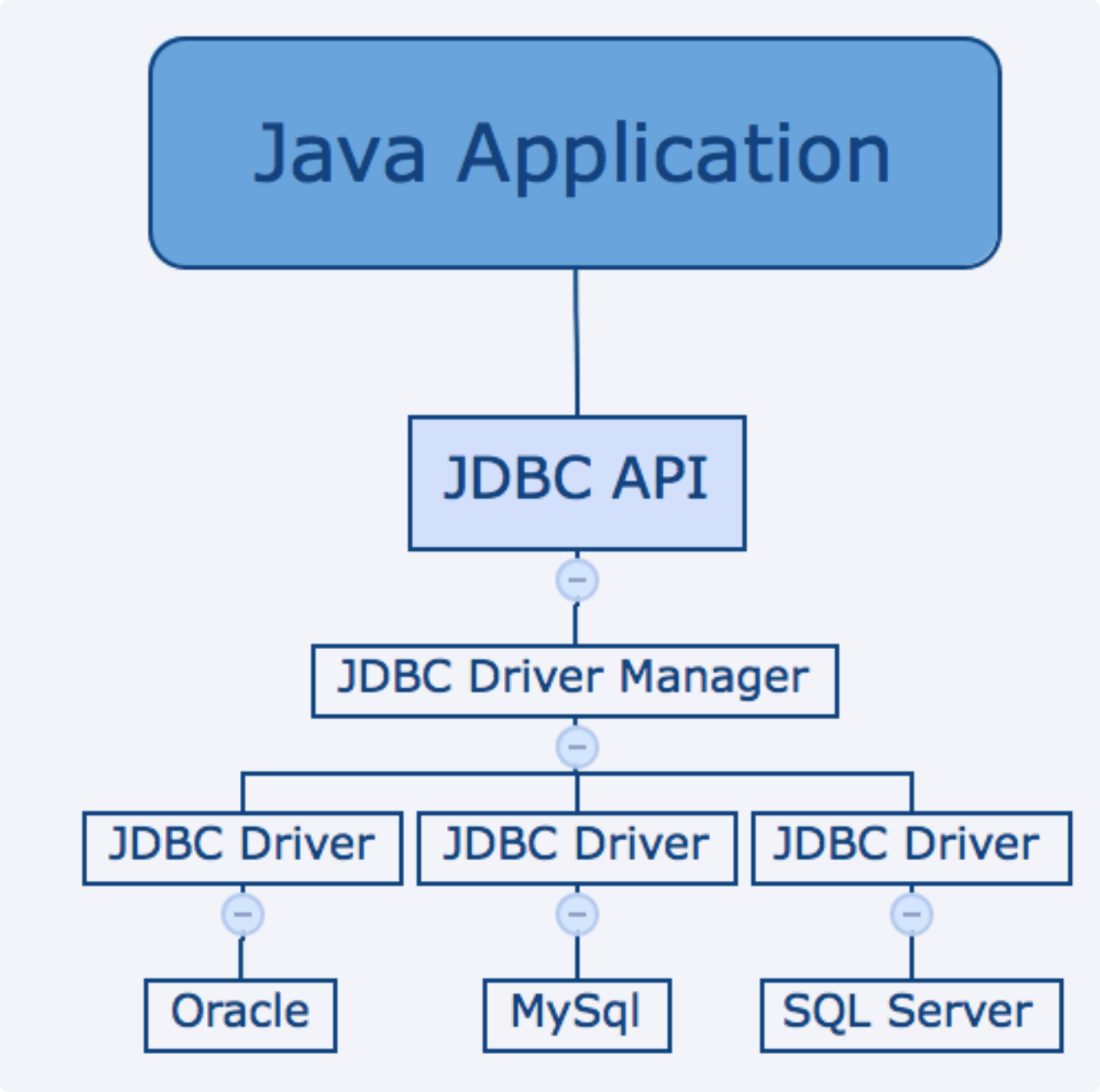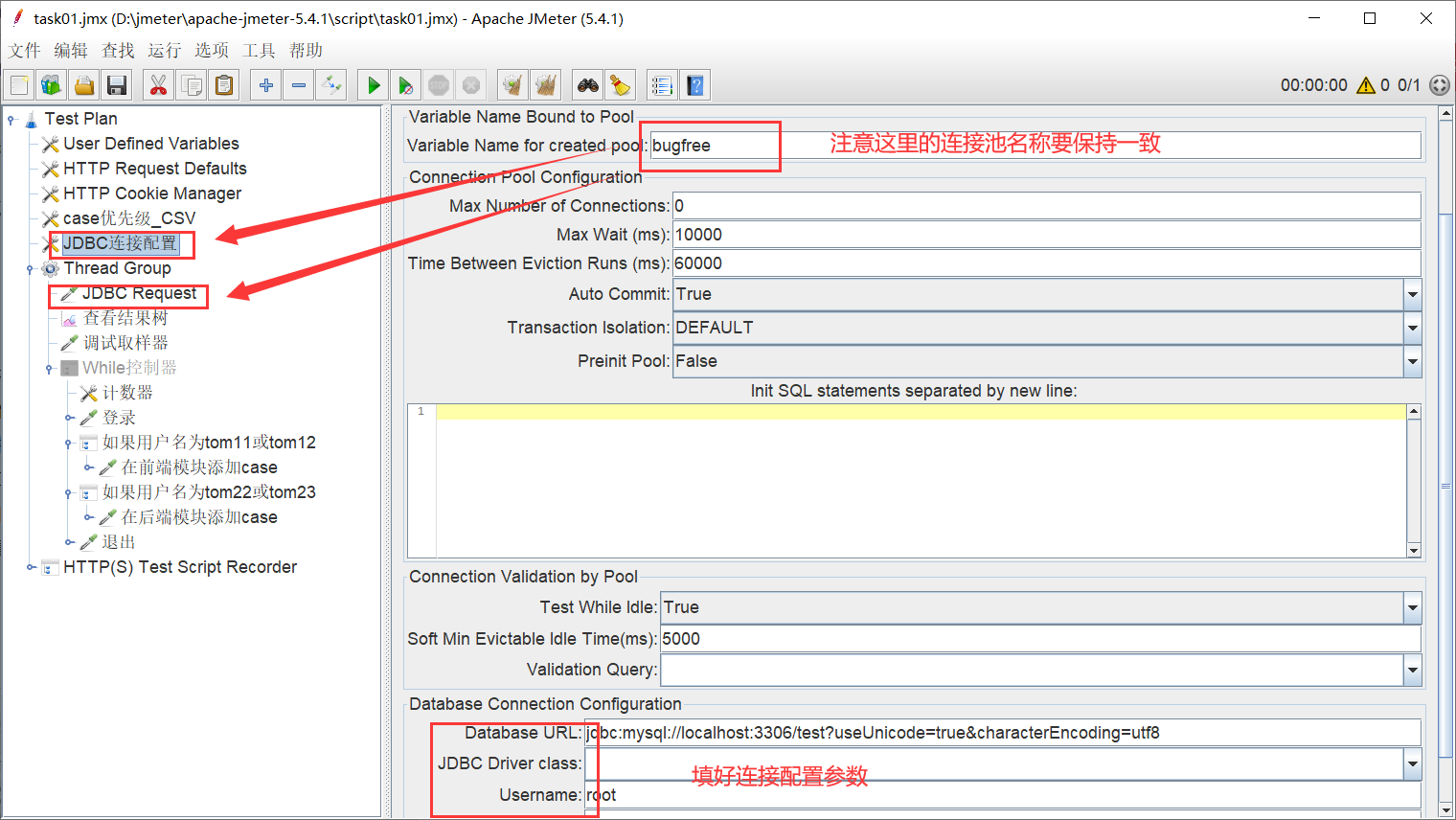import os os.environ["CUDA_DEVICE_ORDER"]="PCI_BUS_ID" os.environ["CUDA_VISIBLE_DEVICES"]=""import sysimport gcimport timeimport cv2import randomimport numpy as npimport pandas as pdimport seaborn as snsimport matplotlib.pyplot as pltfrom tqdm import tqdmfrom random_eraser import get_random_eraserfrom keras.preprocessing.image import ImageDataGenerator, array_to_img, img_to_array, load_imgdatagen = ImageDataGenerator( rotation_range=20, #旋转 width_shift_range=0.1, #水平位置平移# height_shift_range=0.2, #上下位置平移 shear_range=0.5, #错切变换,让所有点的x坐标(或者y坐标)保持不变,而对应的y坐标(或者x坐标)则按比例发生平移 zoom_range=[0.9,0.9], # 单方向缩放,当一个数值时两个方向等比例缩放,参数为list时长宽不同程度缩放。参数大于0小于1时,执行的是放大操作,当参数大于1时,执行的是缩小操作。 channel_shift_range = 40, #偏移通道数值,改变图片颜色,越大颜色越深 horizontal_flip=True, #水平翻转,垂直翻转vertical_flip fill_mode='nearest', #操作导致图像缺失时填充方式。“constant”、“nearest”(默认)、“reflect”和“wrap” preprocessing_function = get_random_eraser(p=0.7,v_l=0,v_h=255,s_l=0.01,s_h=0.03,r_1=1,r_2=1.5,pixel_level=True) )# train_generator = datagen.flow_from_directory(# 'base/Images/',# save_to_dir = 'base/fake/',# batch_size=1# )# for i in range(5):# train_generator.next()# !# df_train = pd.read_csv('base/Annotations/label.csv', header=None)# df_train.columns = ['image_id', 'class', 'label']# classes = ['collar_design_labels', 'neckline_design_labels', 'skirt_length_labels', # 'sleeve_length_labels', 'neck_design_labels', 'coat_length_labels', 'lapel_design_labels', # 'pant_length_labels']# !# classes = ['collar_design_labels']# !# for i in range(len(classes)):# gc.enable()# # 单个分类# cur_class = classes[i]# df_load = df_train[(df_train['class'] == cur_class)].copy()# df_load.reset_index(inplace=True)# del df_load['index']# # print(cur_class)# # 加载数据和label# n = len(df_load)# # n_class = len(df_load['label'][0])# # width = 256# # X = np.zeros((n,width, width, 3), dtype=np.uint8)# # y = np.zeros((n, n_class), dtype=np.uint8)# print(f'starting load trainset {cur_class} {n}')# sys.stdout.flush()# for i in tqdm(range(n)):# # tmp_label = df_load['label'][i]# img = load_img('base/{0}'.format(df_load['image_id'][i]))# x = img_to_array(img)# x = x.reshape((1,) + x.shape)# m=0# for batch in datagen.flow(x,batch_size=1):# # plt.imshow(array_to_img(batch[0]))# # print(batch)# array_to_img(batch[0]).save(f'base/fake/{format(df_load["image_id"][i])}-{m}.jpg')# m+=1# if m>3:# break# gc.collect()# ! img = load_img('base/Images/collar_design_labels/2f639f11de22076ead5fe1258eae024d.jpg')plt.figure()plt.imshow(img)x = img_to_array(img)x = x.reshape((1,) + x.shape)i = 0for batch in datagen.flow(x,batch_size=5): plt.figure() plt.imshow(array_to_img(batch[0]))# print(len(batch)) i += 1 if i >0: break#多输入,设置随机种子# Define the image transformations heregen = ImageDataGenerator(horizontal_flip = True, vertical_flip = True, width_shift_range = 0.1, height_shift_range = 0.1, zoom_range = 0.1, rotation_range = 40)# Here is the function that merges our two generators# We use the exact same generator with the same random seed for both the y and angle arraysdef gen_flow_for_two_inputs(X1, X2, y): genX1 = gen.flow(X1,y, batch_size=batch_size,seed=666) genX2 = gen.flow(X1,X2, batch_size=batch_size,seed=666) while True: X1i = genX1.next() X2i = genX2.next() #Assert arrays are equal - this was for peace of mind, but slows down training #np.testing.assert_array_equal(X1i[0],X2i[0]) yield [X1i[0], X2i[1]], X1i[1]#手动构造,直接输出多labelgenerator = ImageDataGenerator(rotation_range=5., width_shift_range=0.1, height_shift_range=0.1, horizontal_flip=True, vertical_flip=True)def generate_data_generator(generator, X, Y1, Y2): genX = generator.flow(X, seed=7) genY1 = generator.flow(Y1, seed=7) while True: Xi = genX.next() Yi1 = genY1.next() Yi2 = function(Y2) yield Xi, [Yi1, Yi2]model.fit_generator(generate_data_generator(generator, X, Y1, Y2), epochs=epochs)def batch_generator(generator,X,Y): Xgen = generator.flow(X) while True: yield Xgen.next(),Yh = model.fit_generator(batch_generator(datagen, X_all, y_all), steps_per_epoch=len(X_all)//32+1, epochs=80,workers=3, callbacks=[EarlyStopping(patience=3), checkpointer,ReduceLROnPlateau(monitor='val_loss',factor=0.5,patience=1)], validation_data=(X_val,y_val))



































还没有评论,来说两句吧...